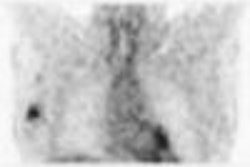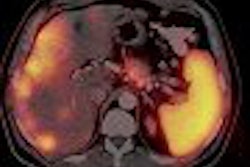Dear Molecular Imaging Insider,
The Deficit Reduction Act (DRA) of 2005, with its proposal for draconian cuts in the reimbursement of outpatient imaging services to Medicare recipients in the U.S., is a top concern of diagnostic imaging providers. Imaging center administrators are scrambling to find ways to trim costs, boost throughput, and attempt to stay fiscally viable as the deadline for DRA implementation looms less than three months from today.
The DRA is particularly ominous for PET and PET/CT providers. Proponents of the modalities have won a series of reimbursement and utilization battles in the recent past, culminating in the establishment just six short months ago of the National Oncologic PET Registry to ensure Medicare compensation for an even wider variety of cancers. However, these fights may soon be regarded as mere skirmishes if DRA provisions for the technologies are enacted on January 1, 2007.
According to the authors of a position paper in Molecular Imaging and Biology, the journal of the Academy of Molecular Imaging, the provision of PET and PET/CT services to Medicare beneficiaries in a nonhospital outpatient setting under DRA reimbursement rates will result in those facilities conducting their business at a loss.
If the cuts are enacted, PET and PET/CT services will disappear from the outpatient market as imaging centers are forced to shutter their doors. The result, according to the authors, will be a decrease in access to critical care for Medicare cancer patients, an increase in healthcare costs as many of those patients are forced to undergo more costly alternatives for their treatment, and a multibillion dollar loss of sales and manufacturing revenue to the economy as a whole.
To read more about the bleak assessment of the U.S. PET and PET/CT market under the provisions of the DRA, and what steps are proposed to ensure its survival, click here. As a Molecular Imaging Insider subscriber, you have access to this story before it's published for the rest of our AuntMinnie.com members.
In addition, if you haven't done so recently, be sure to stop in and take a look at our online reference book, Nuclear Medicine on the Internet. Dr. Scott Williams has updated chapters on PET imaging in a variety of neoplasms, octreotide imaging, bone scans, hepatobiliary imaging, I-131 therapy for thyroid cancer, and the use of technetium in myocardial perfusion imaging. Check out his most current postings by clicking here.
Finally, if you'd care to share your suggestions or insights on how your facility is planning to cope with DRA reimbursement reductions in molecular imaging, please send me an e-mail with your thoughts. I look forward to hearing from you.




















